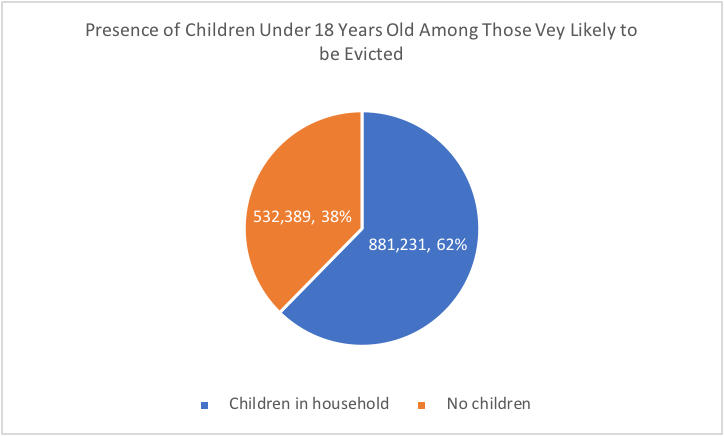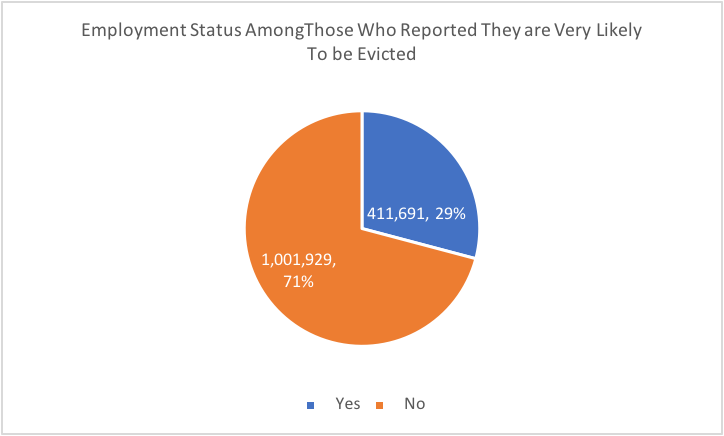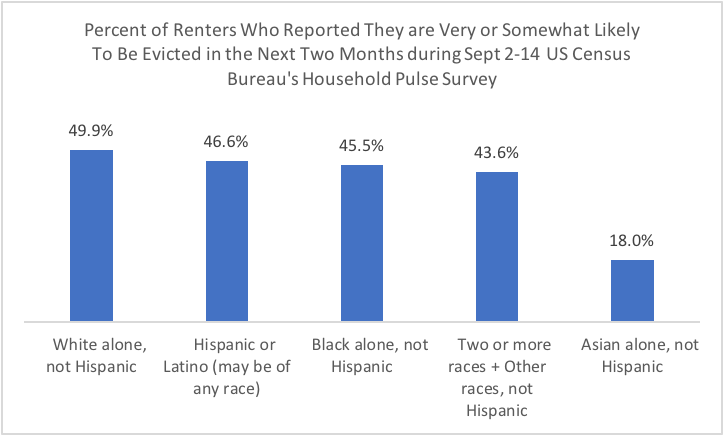To prevent the spread of COVID-19, the Center for Disease Control issued an Agency Order that landlords or other persons with the legal right to pursue eviction should halt residential evictions during the period from September 4 through December 31. In the Agency Order, CDC cited that evicted persons tend to move into shared housing that can then increase the risk of spread of the virus. Shared housing encompasses housing with family or friends.
Under the CDC Order, tenants who are seeking to not be evicted must provide a copy of a declaration that they meet the CDC Order requirements under penalty of perjury (meaning that the person can be jailed if he made a false or untruthful declaration). The tenant states to be true in the declaration that:
- They have used their best effort to obtain all available government assistance for rent
- They expect to earn no more than $99,000 in calendar year 2020 or no more than $198,000 if filing a joint return
- They are unable to pay the full rent due to substantial loss of income, work hours, or extraordinary out of pocket medical expenses
- They are using their best effort to make timely partial payments
- Eviction will render them homeless or require them to move into congregate or shared housing
- They have received an Economic Impact Payment (stimulus check)1
States can still ban evictions and enact other tenant protections that provide more protection than the Order. Some states have eviction bans, but except for a few, these bans would expire prior to December 31, 2020. For example, these states have currently eviction bans in place beyond September 2020: District of Columbia (Dec), Florida (Oct 1), Hawaii (Dec 31), Kansas (Jan 26, 2021), Massachusetts (Oct 17), Minnesota (Oct 12), Nevada (Oct 14), New York (Oct 1), Virginia (Oct 5), Washington (Oct 15), Wisconsin (Oct 1).2
Estimating the number of renters likely to file for protection from eviction
In this blog post, I estimate that about 1 million renters are most likely to file for protection from eviction and another 3.2 million are “somewhat likely” to file for protection from eviction under the CDC Order and from state eviction moratoriums. The deferred rent per month could be as much as $4.7 billion.
The estimate is derived as:
Estimate of renters very likely (or somewhat likely) to file for protection from eviction=
Number of renter households in 2019: 44.07 million renter households
x share of individual renters earning less than $99K and married renters earning less than $198K: 92%
x share of renters who are not current on rent: 17.4%
x share of renters who are not current on rent who reported that they are very likely or somewhat likely) to be evicted: 14.5% (very likely); 45.5% (somewhat likely)
Due to their large populations, the states with the largest number of renters who are most likely to seek eviction protection:
- Texas: 444,268 renters (12% of renter households)
- Florida: 433,014 (16% of renter households)
- California: 348,643 (7% of renter households
- New York: 241,223 (9% of renter households)
- Ohio: 156,654 (12% of renter households)
States with the highest fraction of renter households who will likely seek eviction protection:
- Louisiana, 19% of renter households (111,847 renter households)
- Delaware, 18% of renter households (19,821)
- Florida, 16% of renter households (433,014)
- Indiana, 16% of renter households (128,100)
- South Carolina, 16% of renter households (92,788)
Estimating the rent assistance needed to assist renters/landlords
The CDC order states that the renter is trying their best to make timely partial payments. With a median gross rent of $1,097, the estimated rental assistance needed to assist renters who can then pay rent to landlords who also have expenses or financial obligations to pay depends on what the fraction of rent will likely be paid.
Estimate of deferred rent per month among those very likely to be evicted if there is no full rent payment: $1.12 billion/month
Estimate of deferred rent per month among those very likely and somewhat likely to seek eviction protection if there is no full rent payment: $4.65 billion/month
So, if there is a partial rent payment from those seeking protection from eviction, the rental assistance will be lower than these amounts.
Use this tool to view how many renters will likely seek protection from eviction in your state and the estimated cost of the deferred rent:
Renter Assistance Will Help Lower Income Groups and Families with Children Under 18
While the CDC Order bans evictions, the rent is not forgiven and so still has to be paid. Because the rent payment will accumulate, this will place a heavy burden on renters when they pay back the missed rent. Renter assistance will help the lower-income groups, those with families, and the unemployed. The renter assistance will also assist landlords in meeting their cash flows. About 74% of landlords renting 1 to 4-unit properties also own and manage these properties (mom and pop) and will need cash to pay their expenses.
According to the Sept 2-14 Household Pulse Survey, 39% of renters most likely to be evicted (and to seek moratorium) earn less than $25,000, and 65% earn less than $35,000. These renters will likely seek protection from eviction and will need renter assistance to pay off the deferred rent.
Of those who reported they were most likely to be evicted, 62% are families with children under 18 years old.
Loss of employment is the main reason they can’t pay rent: 71% of those fearing a high likelihood of eviction are currently unemployed.
In the latest Sept 2-14 survey, 45% of renters reported a likelihood of being evicted in the next two months, with the highest fraction among non-Hispanic whites (49.9%) and the lowest fraction among Asians (18%).




1 Taxpayers are eligible to receive the payment if they do not have qualifying children and the adjusted gross income is greater than
- $198,000 if your filing status was married filing jointly
- $136,500 for head of household
- $99,000 for all other eligible individuals
2 This list may not be updated nor is it an exhaustive list. NOLO. https://www.nolo.com/legal-encyclopedia/emergency-bans-on-evictions-and-other-tenant-protections-related-to-coronavirus.html








